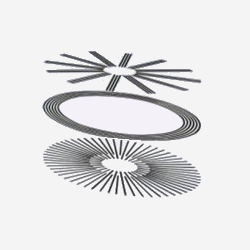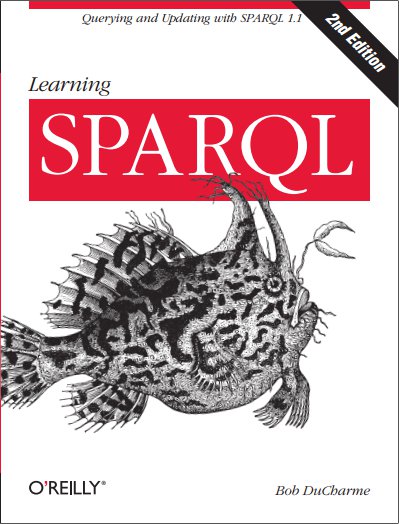In my last posting I described Carnegie Mellon University’s Index of Digital Humanities Conferences project, which makes over 60 years of Digital Humanities research abstracts and relevant metadata available on both the project’s website and as a file of zipped CSV that they update often. I also described how I developed scripts to convert all that CSV to some pretty nice RDF and made the scripts available on github. I finished with a promise to follow up by showing some of the…
RDF
I think that RDF has been very helpful in the field of Digital Humanities for two reasons: first, because so much of that work involves gaining insight from adding new data sources to a given collection, and second, because a large part of this data is metadata about manuscripts and other artifacts. RDF’s flexibility supports both of these very well, and several standard schemas and ontologies have matured in the Digital Humanities community to help coordinate the different data sets.
What is RDF?
What can this simple standardized model do for you?
I have usually assumed that people reading this blog already know what RDF is. After recent discussions with people coming to RDF from the Linked (Open) Data and Knowledge Graph worlds, I realized that it would be useful to have a simple explanation that I could point to. This builds on material from the first three minutes of my video SPARQL in 11 Minutes.
Pulling Turtle RDF triples from the Google Knowledge Graph
Even querying by type!
When I wrote about my first deep dive into Knowledge Graphs, I mentioned that although the term was around well before 2012, the idea of a Knowledge Graph was blessed as an official Google thing that year when one of their engineering SVPs published the article Introducing the Knowledge Graph: things, not strings. This blessing gave some focus to many members of the graph database community because they could say that what they had been doing was similar, if not the same, as what Google was…
Linking different knowledge graphs together
Really linking them, not doing ETL.
Lately I’ve been thinking about some aspects of RDF technology that I have taken for granted as basic building blocks of dataset design but that Knowledge Graph fans who are new to RDF may not be fully aware of—especially when they compare RDF to alternative ways to build knowledge graphs. A key building block is the ability to link independently created knowledge graphs.
Linking different knowledge graphs together
Really linking them, not doing ETL.
Lately I’ve been thinking about some aspects of RDF technology that I have taken for granted as basic building blocks of dataset design but that Knowledge Graph fans who are new to RDF may not be fully aware of—especially when they compare RDF to alternative ways to build knowledge graphs. A key building block is the ability to link independently created knowledge graphs.
Transforming data with inferencing and (partial!) schemas
An excellent compromise between schemas and "schemaless" development.
I originally planned to title this “Partial schemas!” but as I assembled the example I realized that in addition to demonstrating the value of partial, incrementally-built schemas, the steps shown below also show how inferencing with schemas can implement transformations that are very useful in data integration. In the right situations this can be even better than SPARQL, because instead of using code—whether procedural or declarative—the transformation is driven by the data model…
Knowledge Graphs!
Semantic Linked Knowledge Web Data Graphs?
For several years I thought of “knowledge graphs” as the buzzphrase that had partially replaced “Linked Data”, which was the buzzphrase that had partially replaced “Semantic Web”. In a 2012 blog entry I explained how Hadoop and the new-at-the-time NoSQL databases had convinced me that even if a technology has a funny name, selling it based on the problems it solves makes more sense and ages better than selling a buzz phrase vision and then, if that goes well,…

